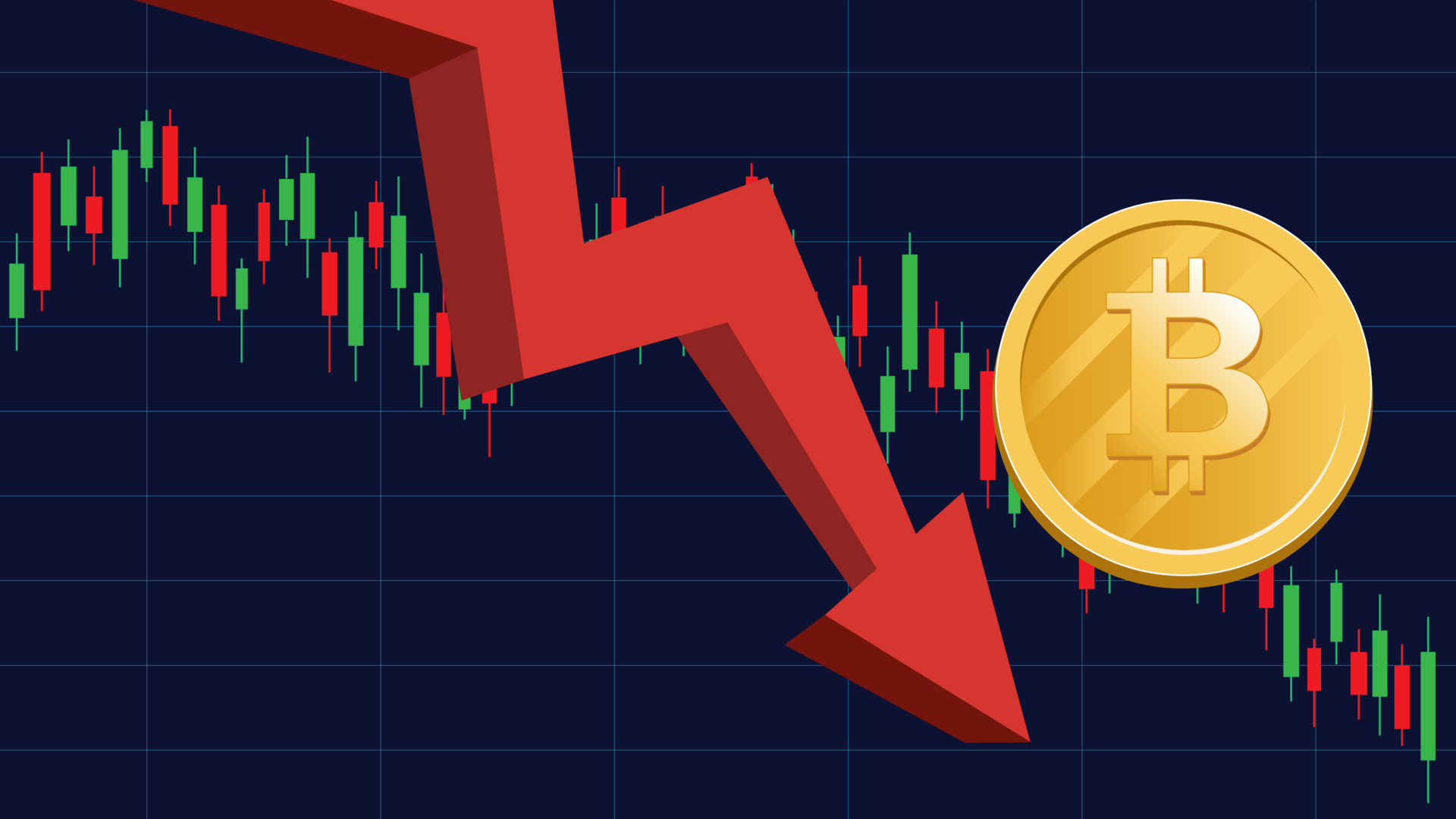Bitcoin’s dominance — a metric that gauges Bitcoin’s proportion of the total cryptocurrency market capitalization — rose above 60% on February 2, during a broad downturn in the crypto markets triggered by new tariffs introduced by US President Donald Trump.
The downturn affected altcoins significantly, with Ether dropping about 9.3% over the past week, XRP losing 13.8%, and Solana declining by roughly 19.3%, as per CoinMarketCap data. The newly imposed tariffs by President Trump, which include a 25% tax on imports from Canada and Mexico, and 10% on goods from China, led these countries to implement counter-tariffs.
Investors Seek Safety
As a result of the potential for increased inflation from the ongoing trade war and expectations of high interest rates through 2025, investors moved away from riskier assets, favoring US government securities instead. Trader and analyst Van Nuener suggested that the crypto markets might see further dips coinciding with the opening of US futures markets.
Arthur Hayes of BitMEX previously predicted a sell-off around Trump’s inauguration, citing delays in crypto legislation. More recently, Ryan Lee from Bitget Research predicted a potential correction for Bitcoin to the $95,000 level, noting that macroeconomic factors such as labor statistics and Federal Reserve policies will be crucial in determining Bitcoin’s price trajectory.
The downturn also follows the tech stock slide exacerbated by the release of DeepSeek R1, an open-source AI model from China, which performs comparably to leading OpenAI models but at a significantly lower cost. This development led to heightened considerations within the Trump administration for stricter export controls on Nvidia, adding to the financial market’s uncertainties.
What The Author Thinks
The recent upheaval in the cryptocurrency market, triggered by geopolitical tensions and economic policies, underscores the necessity for investors to adopt a more dynamic and informed investment strategy. While Bitcoin’s rise in dominance reflects its perceived stability compared to altcoins, the broader market’s volatility highlights the importance of understanding the interplay between global economic events and digital asset valuations. Investors should consider diversifying their portfolios, not just across different cryptocurrencies but also into other asset classes that can hedge against potential crypto market downturns. This strategic adaptation can help mitigate risks in an increasingly unpredictable financial landscape.












